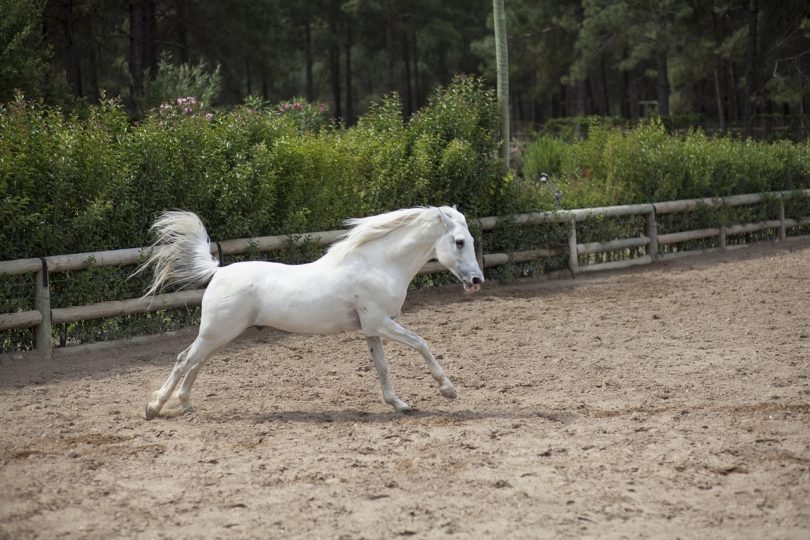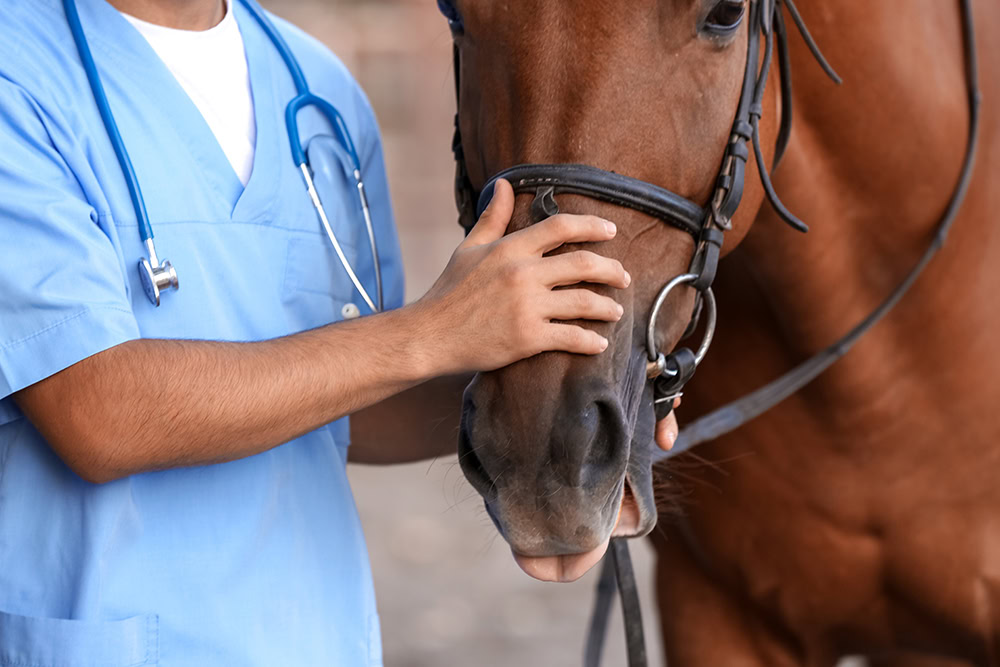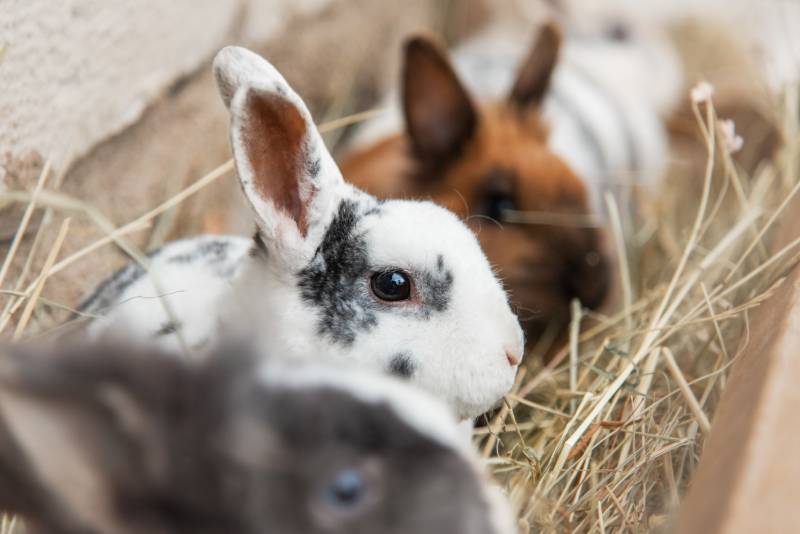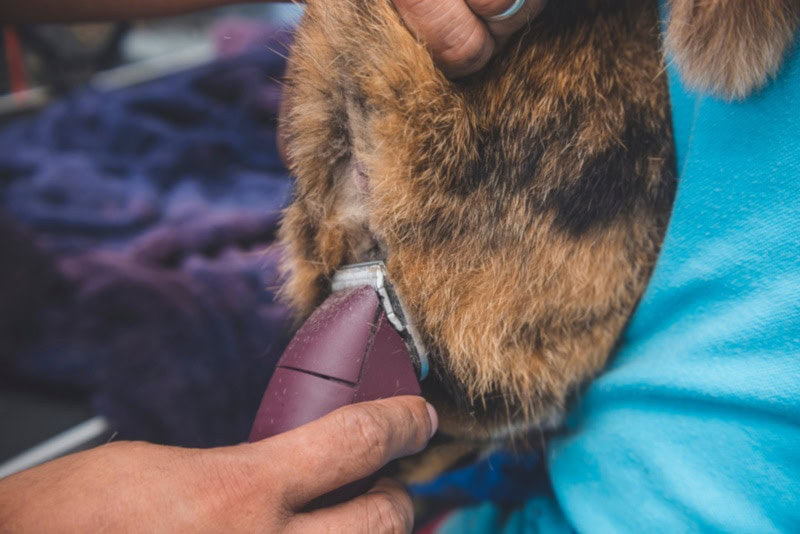VET APPROVED

The information is current and up-to-date in accordance with the latest veterinarian research.
Learn more »You shouldn’t take the decision about when to train your horse for jumping lightly. Several factors are essential to consider, including your animal’s age, type, and breed. Horses are relatively long-lived, reaching up to 30 years or more with proper care. That also means they grow up slowly. While they are sexually mature at around 12-15 months, their skeletal system is not fully developed until they reach two years of age. Horses can start training for free jumping after 24 months but most experts recommend not riding them while jumping until they are about 4 years of age. It is best to start very slowly after that since jumping requires physical training and mental maturity.
Therefore, that is the ideal age of your horse before you start is when they are physically mature.

Altricial vs. Precocial Young
It’s helpful to put the horse’s development in context with its biology and physiology to understand why you should wait before you start training your animal for the show circuit. It begins with birth. Altricial young, such as many birds, canines, and felines, are born helpless and totally dependent on their mother—and sometimes father—for all their needs.
On the other hand, precocial offspring are more fully developed and able to walk shortly after birth. Horses, cattle, and deer are prime examples. You often see this development pattern in animals that are prey species. While they have the protection of their mother and herd members, the young can move on their own to evade predators.
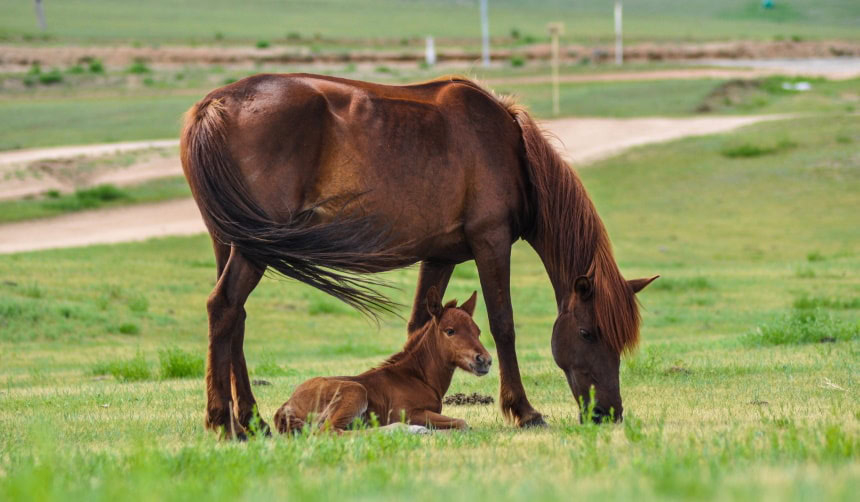
The gestation of altricial young is also relatively short. Compare the approximately 63 days for dogs to the 335 days for horses. That extra time equips horses with the abilities they need to start the journey to fend for themselves. However, equine development proceeds differently than it does for other animals. That helps explain why you should hold off on training a young horse.

Equine Development
The best way to describe growth in horses is that it occurs in ebbs and flows. Slow periods often follow quick spurts. Just like a human teenager may seem awkward at times, the same applies to horses. The systems and musculature mature differently, which can affect the animal’s balance. Also, some bones won’t fully fuse until later in life, a study concluded that most horses, regardless of the breed, complete their skeletal maturity at about two years of age.
This uneven growth pattern means that horses are vulnerable to injuries if they’re worked too hard, too soon. It’s also a matter of mental maturity. While horses are intelligent animals, it takes time and experience for their cognitive abilities to get online completely. As any horse owner will tell you, it’s imperative that you make new experiences positive ones to avoid startling your equine friend.
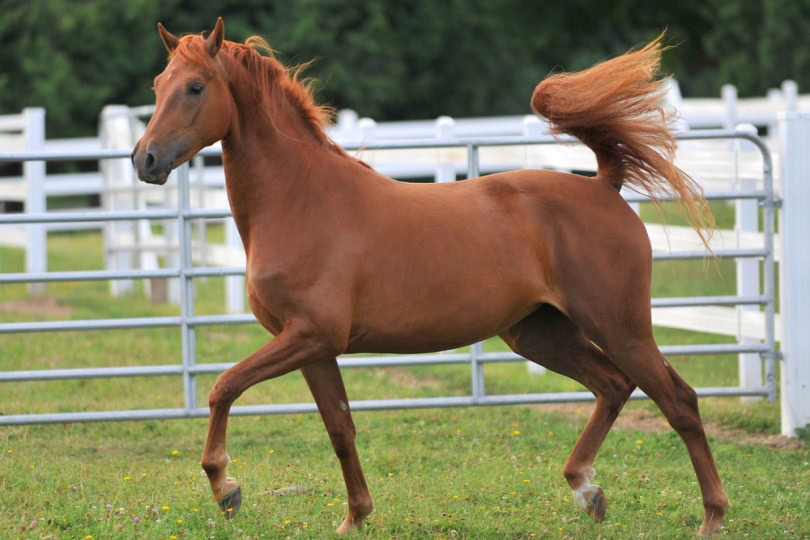

Learning to Jump
A horse must master several vital skills before you make the leap to jumping. You must also build stamina and strength in your animal. According to a study presented by the American Veterinary Medicine Association, training horse show jumpers at a young age can have a positive effect on their jumping technique. Early training’s main benefits obtained are better balance and coordination.
Coming down on its full weight requires these traits. The study also suggests that the developmental changes in the muscles will adapt to meet the demands of the training. Remember that a strong horse is less prone to injuries. We suggest starting with the basics of cantering and trotting first.
To protect you and your horse, it’s best to begin with free jumping. Give your horse a chance to get used to this new experience. Of course, treats will ensure that it stays positive. We also suggest short sessions at first. Jumping is harder on your horse’s body than you may think.
Once your horse has mastered free jumping, you can then move on to doing the training under the saddle. Most horses start jumping with a raider only after they are at least 4 years old. It’s essential not to overwork your horse. Be mindful to prevent exhausted horse syndrome, make sure your horse remains hydrated and has time to rest and recover. The best way to train your horse is with several short sessions each week instead of a marathon one.
Teaching your horse new skills is a rewarding experience that can take pet ownership to a new level. The most important thing to understand is that this activity is also physically demanding. It takes time and patience for your animal to build the necessary strength and endurance to avoid injuries. If you make it positive, you’ll likely find that it will strengthen the bond you have with your horse.
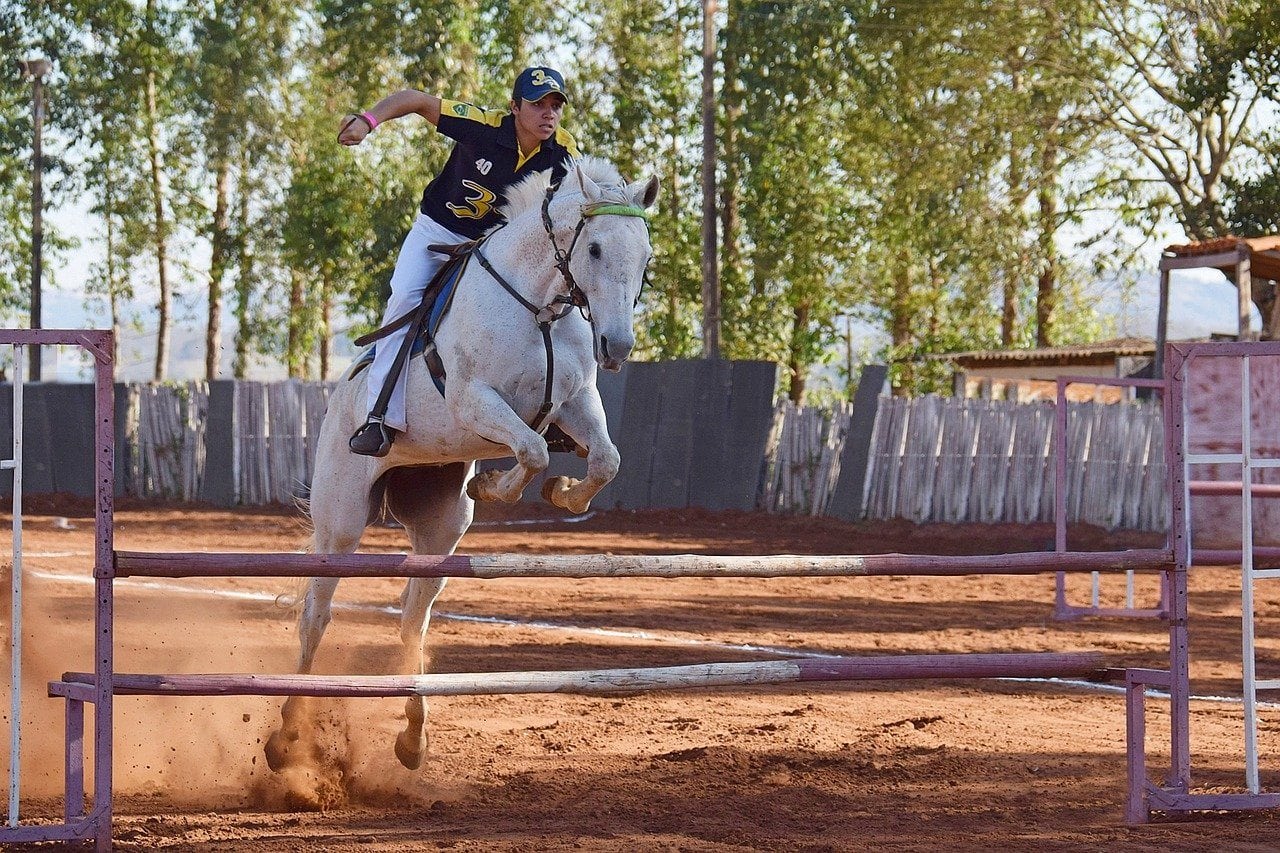

Final Thoughts
Hoses are precocial animals that reach a good degree of maturation in utero. Most horses’ skeletal systems will be fully developed by the time they reach two years old. Starting training horses to free jump at this age will help with their balance and coordination as well as gradual muscle development. Training horses to jump with a rider at their back can then be done when they reach about 4 years of age.
See also:
- What Animals Attack Horses? 8 Predators
- 13 Asian Horse Breeds and What You Should Know About Them
- 100+ Western Horse Names: Ideas for Classic & Country Horses
- https://pmc.ncbi.nlm.nih.gov/articles/PMC8698045/
- https://link.springer.com/referenceworkentry/10.1007%2F978-3-319-47829-6_459-1
- https://pmc.ncbi.nlm.nih.gov/articles/PMC8698045/
- https://www.sciencedirect.com/science/article/pii/S0168159116302192
- https://avmajournals.avma.org/view/journals/ajvr/68/11/ajvr.68.11.1232.xml
- https://www.merckvetmanual.com/metabolic-disorders/fatigue-and-exercise-in-animals/exhausted-horse-syndrome?query=horse
Featured Image Credit: Engin_Akyurt, Pixabay
